Monographs in Behavior and Ecology28
-

This volume brings together more than a decade of information collected in the field and lab on the naked mole-rat (Heterocephalus glaber), a northeast African mammal unique for its physical characteristics and eusociality. Nearly blind...
-
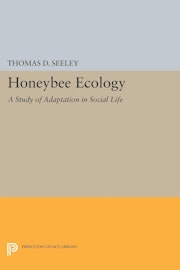
The book presents honeybees as a model system for investigating advanced social life among insects from an evolutionary perspective.
Originally published in 1985. -

Launching a new series, Monographs in Behavior and Ecology, this work is an intensive study of five species of New World monkeys--all omnivores with a diet of fruit and small prey. Notwithstanding their common diet, they differ widely...
-
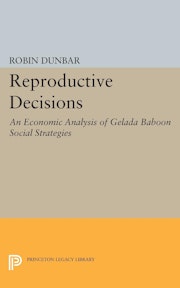
Robin Dunbar uses economic models to explore the social behavior of the gelada baboon (Theropithecus gelada), a unique species, whose social system is one of the most complex among the primates. His work illustrates the value of an...
-

The evolution of leks--clusters of small territories where males congregate and display in order to attract mates--is of central issue in behavioral ecology, because of the insights it offers into female mate choice, sexual selection...
-
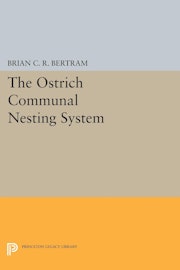
As the study of cooperative breeding systems expands, a number of key species form the examples that underpin our general understanding. The ostrich is increasingly becoming such a textbook species, on the basis of the results obtained...
-
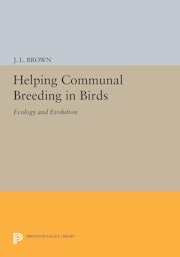
An overview of the extensive and frequently controversial literature on communally breeding birds developed since the early 1960s, when students of evolution began to examine sociality as a product of natural selection. Jerram Brown...
-

The purpose of this book is to explain why red-winged blackbirds are polygynous and to describe the effects of this mating system on other aspects of the biology of the species. Polygyny is a mating system in which individual males form...
-
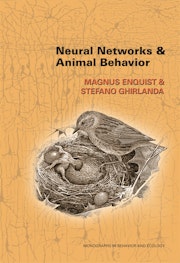
How can we make better sense of animal behavior by using what we know about the brain? This is the first book that attempts to answer this important question by applying neural network theory. Scientists create Artificial Neural...
-
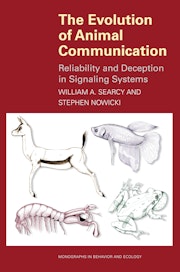
Gull chicks beg for food from their parents. Peacocks spread their tails to attract potential mates. Meerkats alert family members of the approach of predators. But are these--and other animals--sometimes dishonest? That's what William...
-
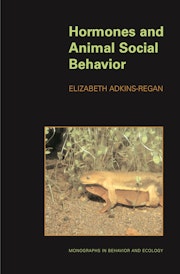
Research into the lives of animals in their natural environments has revealed a rich tapestry of complex social relationships and previously unsuspected social and mating systems. The evolution of this behavior is increasingly well...
-
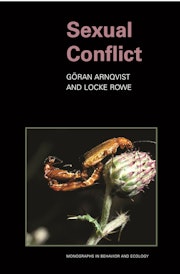
The past decade has seen a profound change in the scientific understanding of reproduction. The traditional view of reproduction as a joint venture undertaken by two individuals, aimed at replicating their common genome, is being...
-
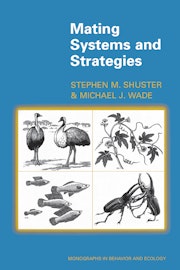
This book presents the first unified conceptual and statistical framework for understanding the evolution of reproductive strategies. Using the concept of the opportunity for sexual selection, the authors illustrate how and why sexual...
-

With only 5,000 surviving, the African wild dog (Lycaon pictus) is one of the world's most endangered large carnivores--and one of the most remarkable. This comprehensive portrait of wild dogs incorporates previously scattered...
-
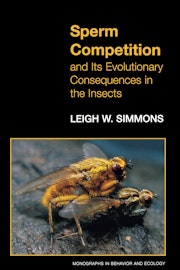
One hundred years after Darwin considered how sexual selection shapes the behavioral and morphological characteristics of males for acquiring mates, Parker realized that sexual selection continues after mating through sperm competition....
-
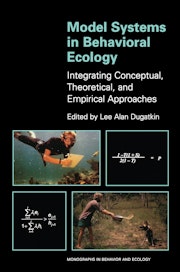
A key way that behavioral ecologists develop general theories of animal behavior is by studying one species or a closely related group of species--''model systems''--over a long period. This book brings together some of the field's most...
-
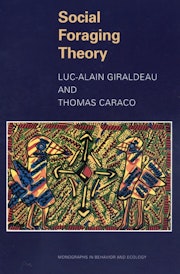
Although there is extensive literature in the field of behavioral ecology that attempts to explain foraging of individuals, social foraging--the ways in which animals search and compete for food in groups--has been relatively neglected....
-
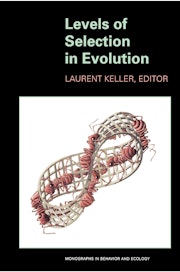
Ever since the groundbreaking work of George Williams, W. D. Hamilton, and Richard Dawkins, evolutionary biologists have recognized that natural selection generally does not operate for the good of the group, but rather for the good of...
-
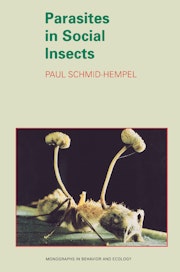
This book analyzes for the first time how parasites shape the biology of social insects: the ants, wasps, bees, and termites. Paul Schmid-Hempel provides an overview of the existing knowledge of parasites in social insects. Current...
-
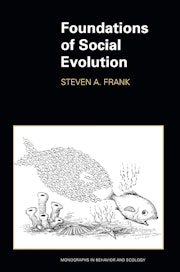
This is a masterly theoretical treatment of one of the central problems in evolutionary biology, the evolution of social cooperation and conflict. Steven Frank tackles the problem with a highly original combination of approaches: game...
-
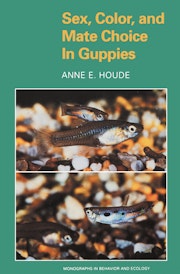
The Trinidadian guppy (Poecilia reticulata) is well known to biologists and home aquarium enthusiasts alike. Scientists have studied guppies for most of the twentieth century. Some of the most intensive recent research has been...
-
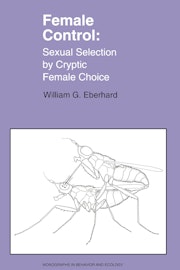
A growing body of evidence has begun to reveal flaws in the traditional assumption of female passivity and lack of discrimination after copulation has begun. William Eberhard has compiled an impressive array of research on the ability...
-
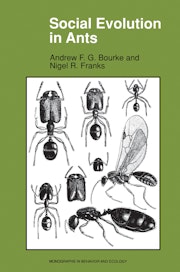
Biologists since Darwin have been intrigued and confounded by the complex issues involved in the evolution and ecology of the social behavior of insects. The self-sacrifice of sterile workers in ant colonies has been particularly...
-
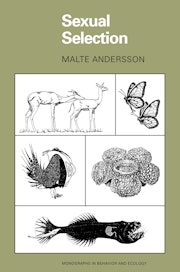
Bright colors, enlarged fins, feather plumes, song, horns, antlers, and tusks are often highly sex dimorphic. Why have males in many animals evolved more conspicuous ornaments, signals, and weapons than females? How can such traits...
-
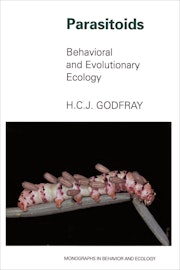
Parasitoids lay their eggs on or in the bodies of other species of insect, and the parasitoid larvae develop by feeding on the host, causing its eventual death. Known for a long time to applied biologists for their importance in...
-

Synthesizing studies of parental care in a wide variety of animals, this book is the first attempt to provide general answers to the following important questions: Why does the extent of parental care vary so widely between species? Why...
-
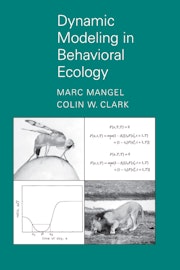
This book describes a powerful and flexible technique for the modeling of behavior, based on evolutionary principles. The technique employs stochastic dynamic programming and permits the analysis of behavioral adaptations wherein...
-
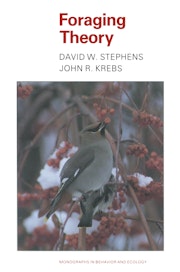
This account of the current state of foraging theory is also a valuable description of the use of optimality theory in behavioral ecology in general. Organizing and introducing the main research themes in economic analyses of animal...